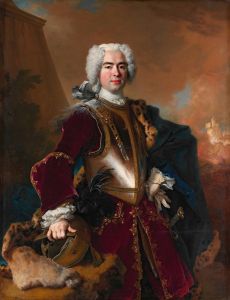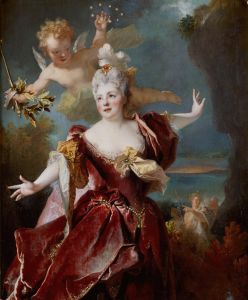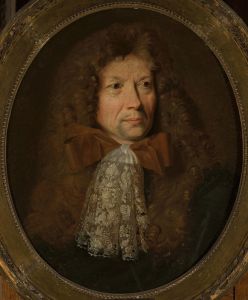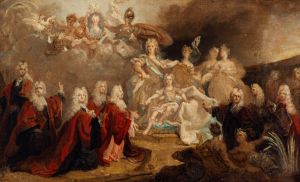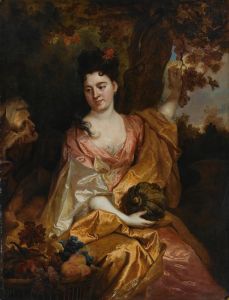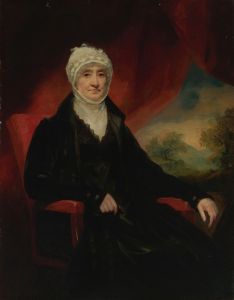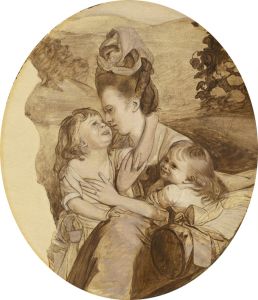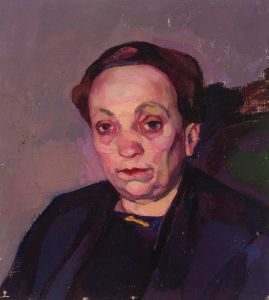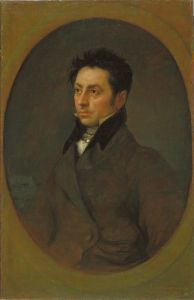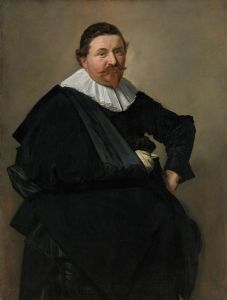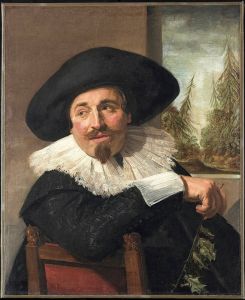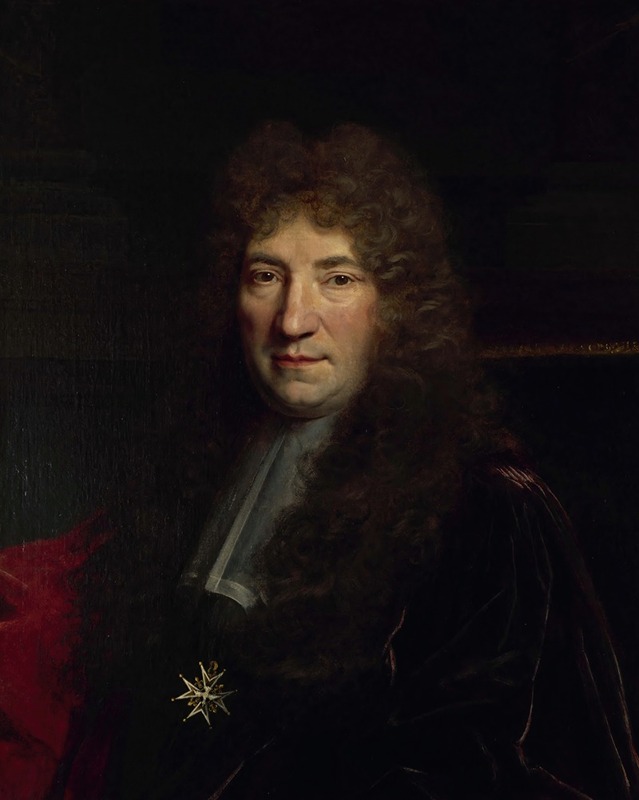
Portrait d’un échevin parisien
A hand-painted replica of Nicolas de Largillière’s masterpiece Portrait d’un échevin parisien, meticulously crafted by professional artists to capture the true essence of the original. Each piece is created with museum-quality canvas and rare mineral pigments, carefully painted by experienced artists with delicate brushstrokes and rich, layered colors to perfectly recreate the texture of the original artwork. Unlike machine-printed reproductions, this hand-painted version brings the painting to life, infused with the artist’s emotions and skill in every stroke. Whether for personal collection or home decoration, it instantly elevates the artistic atmosphere of any space.
Nicolas de Largillière was a prominent French painter known for his portraits, which captured the elegance and sophistication of the French aristocracy during the late 17th and early 18th centuries. One of his notable works is "Portrait d’un échevin parisien," which translates to "Portrait of a Parisian Alderman." This painting exemplifies Largillière's skill in portraying the dignity and status of his subjects, reflecting the social and political milieu of his time.
Largillière was born in Paris in 1656 and spent part of his early career in Antwerp and London, where he was influenced by the Flemish and English schools of painting. Upon returning to France, he became a favored portraitist among the French elite, including nobility, clergy, and wealthy bourgeoisie. His works are characterized by their rich color palette, attention to detail, and the ability to convey the personality and status of his sitters.
The subject of "Portrait d’un échevin parisien" is an échevin, a municipal magistrate or alderman, who played a significant role in the governance of Paris. The échevins were responsible for various administrative and judicial functions, and their position was one of considerable influence and prestige. Largillière's portrait of an échevin would have been intended to highlight the subject's importance and authority within the civic structure of Paris.
In this portrait, Largillière employs his typical style, which includes a realistic depiction of the subject's features and attire, set against a neutral or subtly detailed background that does not distract from the figure. The échevin is likely depicted in formal attire, possibly including elements that signify his office or status, such as a robe or chain of office. Largillière's attention to the textures of fabrics and the play of light on surfaces would have been used to enhance the sense of realism and presence.
The painting reflects the broader context of Largillière's work, which often celebrated the power and refinement of his subjects. His portraits are not merely likenesses but are imbued with a sense of the sitter's character and social standing. This approach was particularly appealing to the patrons of the time, who sought to assert their identity and influence through art.
Largillière's contribution to portrait painting was significant, as he helped to define the genre in France during a period when portraiture was becoming increasingly popular among the upper classes. His works are noted for their combination of technical skill and psychological insight, qualities that are evident in "Portrait d’un échevin parisien."
Today, Largillière's paintings are held in high regard and can be found in major museums and collections worldwide. They continue to be studied for their artistic merit and as historical documents that offer insights into the society and culture of early modern France. "Portrait d’un échevin parisien" stands as a testament to Largillière's mastery of portraiture and his ability to capture the essence of his subjects with elegance and precision.





